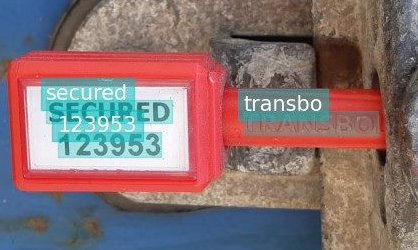From Fixed Cameras to a Mobile-First Approach
For port and terminal operators, automating the verification of container security seals is a clear path toward greater efficiency and data accuracy at the gates. Some of the problems associated with handling and reading these seals include a lack of homogeneity or standardization: there are several varieties of seals and many more types of identification codes. Furthermore, these seals exhibit misalignment once installed: they are not displayed in a fixed location and position, nor with a consistent perspective and adequate visibility.
At AllRead, we have worked on several technological avenues to solve this challenge, leading to valuable insights about what truly works in a dynamic field environment. One of our recent projects focused on a common request: using fixed cameras to automate the process.
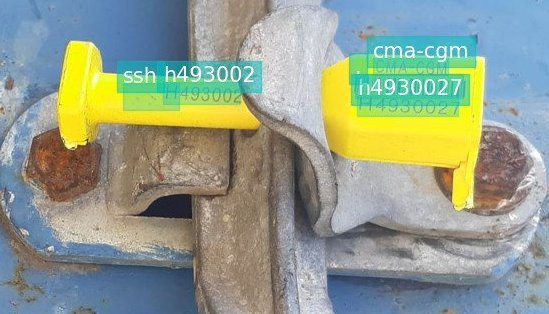
Assessing the Fixed Camera Approach
The goal of the project was to automate the control of seals at terminal entry and exit points by using permanently installed cameras to detect their presence and read their unique ID codes. The system was tested against the variety of seals commonly found in logistics, including high-security bottle seals, metal cable seals, and plastic indicative seals.
The results confirmed the power of our reading engine. The software demonstrated high performance, achieving a 97% accuracy rate in detecting the seals and a 92% rate in correctly reading their codes in a controlled setting. These metrics proved the technical capability of the software itself. We have also confirmed the rapid adaptability to identify and read different types of coding on different types of seals. In other words, our seal reading model can be geared towards reading specific new types of seals relatively quickly if images of them are available.
However, technical success in a controlled environment does not always translate to practical success in the field.
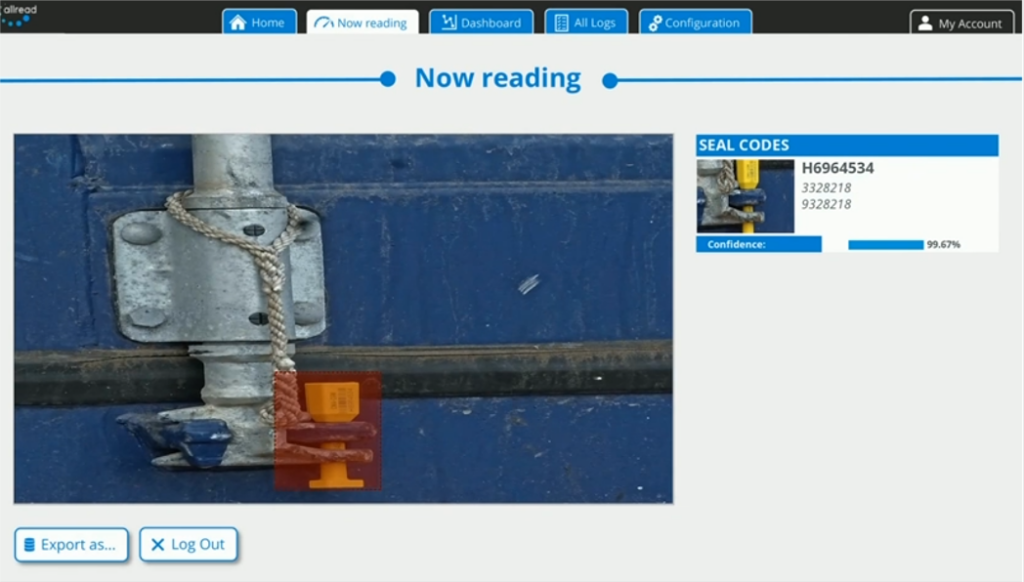
Practical Limitations and Key Learnings
A deeper analysis of the project’s real-world implications revealed a critical operational challenge: the inconsistent positioning of container seals. Seals are often rotated, obscured, or placed at awkward angles that a fixed camera simply cannot see.
While our technology is accurate, it cannot read what it cannot see. Overcoming this would require a complex and expensive setup with multiple cameras and lighting systems for each lane to cover all possible angles. We concluded that while technically feasible, the high investment required for a fixed-camera installation is not a practical or cost-effective solution for the specific problem of reading container seals. The benefit does not justify the cost.
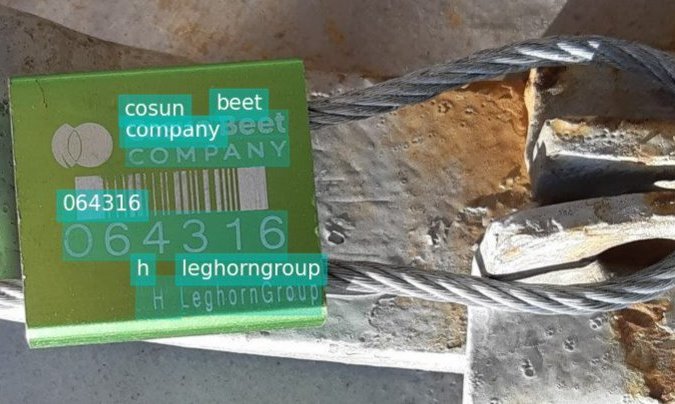
A More Flexible Solution: Mobile SDK Integration
This learning guided us toward a more functional and pragmatic approach. The variability of the real world calls for a tool that can adapt, and the solution is a mobile application powered by Allread’s Software Development Kit (SDK).
By embedding our powerful reading engine into a mobile app, operators can use a standard smartphone or rugged device to capture seal codes. This approach completely solves the angle and orientation problem. An operator can simply adjust their position to get a clear view of any seal, ensuring a fast and accurate read every time. It leverages the same proven technology from our projects but places it in a flexible form factor that aligns with existing operational workflows
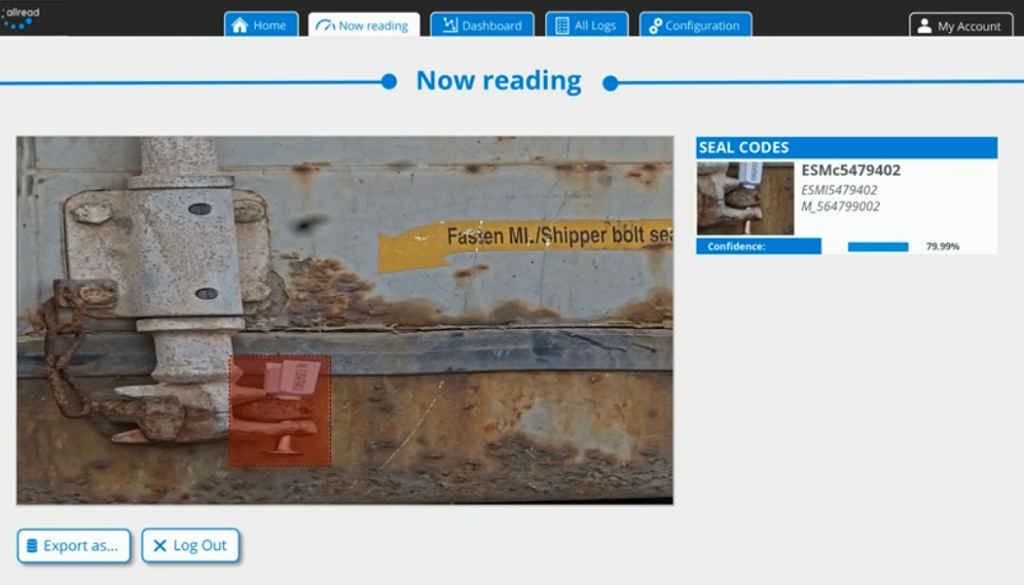
Moreover, we have found that many customers already have field staff at the terminal who have to manually enter information about containers and their seals into a proprietary app installed on a mobile device (tablet, smartphone). This is done by typing, which leads to problems such as occasional errors in a thankless task carried out in areas where conditions are not always ideal (heat, rain, gloves for cold weather, certain physical hazards). Replacing this typing with the possibility of taking a photo from which all the data can be read with a lower error rate, saving the image as evidence and reducing the time spent on these tasks, improves the working conditions, safety and efficiency of these personnel. All this makes AllRead’s SDK module an essential tool for empowering these field mobile applications.
This mobile-first strategy offers a direct path to digitization without the high capital expenditure of fixed hardware, delivering a greater return on investment and empowering staff with a tool that is perfectly suited for the task at hand.
Want to see how this could work for your terminal? Let’s schedule a call to discuss it.
